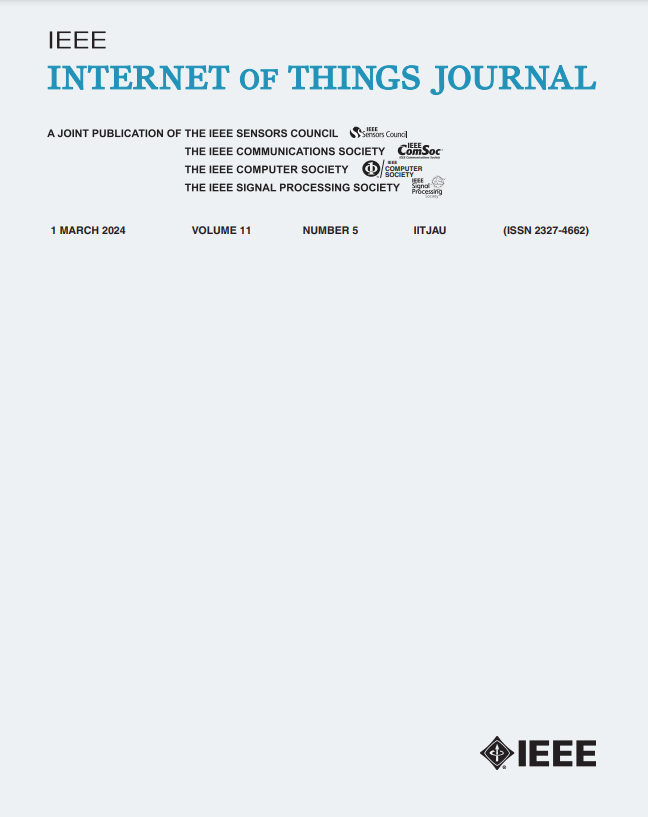Optimizing Multi-AAV Formation Cooperative Control Strategies With MCDDPG Approach
IF 8.2
1区 计算机科学
Q1 COMPUTER SCIENCE, INFORMATION SYSTEMS
引用次数: 0
Abstract
In recent years, the application of autonomous aerial vehicle (AAV) devices in military, industrial, and civilian sectors has become increasingly widespread. Consequently, research on multi-AAV formation cooperative control strategies has garnered significant attention. However, current multiagent reinforcement learning algorithms often struggle with unguided exploration, making it challenging for agents to develop efficient action strategies for complex collaborative tasks. To address this issue, this article introduces a multicritic deep deterministic policy gradient (MCDDPG) algorithm. This algorithm designs a multicritic (MC) structure based on the DDPG algorithm. This structure guides AAVs using physical models for tracking and obstacle avoidance, while deep learning models are employed to facilitate cooperative coordination among AAVs. Furthermore, to address the weight allocation issue among different Critic modules in the MC structure, a dynamic difficulty priority weight optimization algorithm is implemented. This enhances the algorithm’s collaborative capabilities. To validate the collaborative planning capability of the proposed algorithm, a simulation scenario involving multicoupled tasks is designed in the multiagent particle environment (MPE). In this scenario, the MCDDPG algorithm demonstrates the fastest convergence speed and the optimal collaborative strategy, outperforming other state-of-the-art multiagent deep reinforcement learning (MADRL) algorithms currently in use.求助全文
约1分钟内获得全文
求助全文
来源期刊

IEEE Internet of Things Journal
Computer Science-Information Systems
CiteScore
17.60
自引率
13.20%
发文量
1982
期刊介绍:
The EEE Internet of Things (IoT) Journal publishes articles and review articles covering various aspects of IoT, including IoT system architecture, IoT enabling technologies, IoT communication and networking protocols such as network coding, and IoT services and applications. Topics encompass IoT's impacts on sensor technologies, big data management, and future internet design for applications like smart cities and smart homes. Fields of interest include IoT architecture such as things-centric, data-centric, service-oriented IoT architecture; IoT enabling technologies and systematic integration such as sensor technologies, big sensor data management, and future Internet design for IoT; IoT services, applications, and test-beds such as IoT service middleware, IoT application programming interface (API), IoT application design, and IoT trials/experiments; IoT standardization activities and technology development in different standard development organizations (SDO) such as IEEE, IETF, ITU, 3GPP, ETSI, etc.
 求助内容:
求助内容: 应助结果提醒方式:
应助结果提醒方式:


